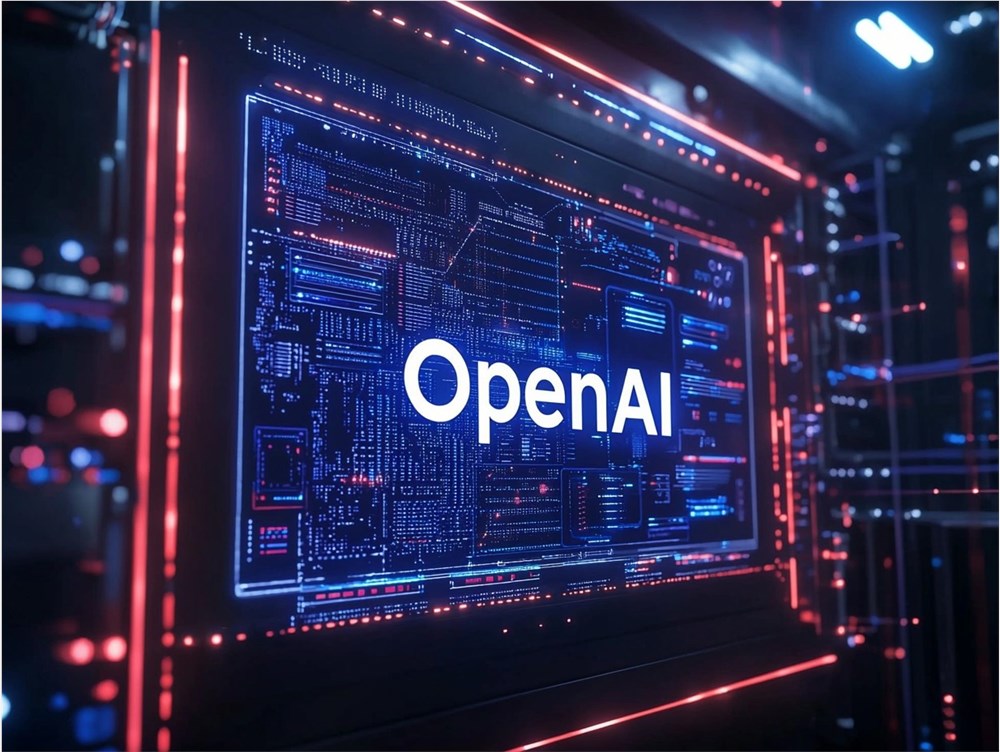The competition in the AI field is heating up, and OpenAI is once again leading the charge with its latest technological breakthroughs. AIbase learned from social media that OpenAI recently released three new models via API: GPT-4.1, GPT-4.1 mini, and GPT-4.1 nano. These models significantly outperform existing GPT-4o and GPT-4o mini models, particularly in coding, instruction following, and multi-modal capabilities. Below is AIbase's in-depth analysis of this significant update, highlighting the key features and industry impact of the GPT-4.1 series.

GPT-4.1 Series Unveiled: Enhanced Performance and Efficiency
OpenAI's new model family has garnered significant attention due to its powerful performance and optimized cost structure. According to official data, the GPT-4.1 series surpasses GPT-4o and GPT-4o mini in coding, instruction following, and long-context understanding. It supports a context window of up to 1 million tokens, equivalent to processing approximately 750,000 words at once—a considerable improvement over GPT-4o's 128,000-token limit.
Cost-effectiveness is a major highlight of this release. GPT-4.1's operational cost is 26% lower than GPT-4o, priced at $2 per million input tokens and $8 per million output tokens. GPT-4.1 mini's cost is reduced by 83% ($0.4 per million input tokens and $1.6 per million output tokens), yet its performance is close to the flagship model. GPT-4.1 nano, described by OpenAI as the "fastest and cheapest" model, costs only $0.1 per million input tokens and $0.4 per million output tokens, offering developers exceptional economic efficiency.
Coding Capabilities Breakthrough: Impressive SWE-bench Verified Performance
The GPT-4.1 series shows particularly significant improvements in programming capabilities. In the authoritative SWE-bench Verified benchmark test, GPT-4.1 achieved a 54.6% completion rate, a 21.4% improvement over GPT-4o (33.2%) and 16.6% higher than GPT-4.5 (38%). Developers on social media praise its improvements in front-end coding, format adherence, and reduced unnecessary edits, making it better suited for real-world software engineering tasks.
While GPT-4.1 mini and nano are lightweight models, they also demonstrate impressive coding efficiency. Nano's low latency and high speed make it particularly suitable for rapid prototyping and lightweight applications. AIbase believes this performance distribution allows the GPT-4.1 series to cater to a wide range of needs, from enterprise-level development to individual projects.
Instruction Following Capabilities: More Accurate and Reliable
The GPT-4.1 series also demonstrates significant advancements in instruction following. According to the Scale AI MultiChallenge benchmark test, GPT-4.1 scored 38.3%, 10.5% higher than GPT-4o. This improvement means the model can understand complex instructions more accurately, reducing the need for repeated prompt adjustments.
Social media feedback indicates that developers particularly appreciate GPT-4.1's optimizations in response structure adherence and consistent tool usage. For example, when building AI agents, the model can more reliably execute multi-step tasks, significantly improving the efficiency of automated processes. AIbase analyzes that this feature will bring greater value to fields such as intelligent customer service and process automation.
Multi-modal Capabilities: New Highs in Image Understanding
The GPT-4.1 series also demonstrates impressive multi-modal capabilities. The model supports text and image input, with particular breakthroughs in image understanding. GPT-4.1 mini surpasses GPT-4o in several image benchmark tests, showcasing exceptional visual reasoning abilities, such as analyzing complex charts or processing document content.
In the field of video understanding, GPT-4.1 achieved a **72%** accuracy rate in the Video-MME benchmark (long videos, no subtitles), a 6.7% improvement over GPT-4o (65.3%), setting a new industry record. AIbase notes that while the model does not yet support audio input and output, its advancements in visual tasks have made it a powerful tool for content creation and data analysis.
API Exclusive and Industry Significance: New Opportunities for the Developer Ecosystem
Unlike GPT-4o, the GPT-4.1 series is only available through the OpenAI API and is not yet integrated into ChatGPT, reflecting OpenAI's emphasis on the developer ecosystem. AIbase observes that this strategy aims to provide enterprise users and developers with more stable and efficient model choices while lowering the technical barrier with lower-cost mini and nano versions.
Developers on social media are particularly excited about the expansion to a 1 million token context window, believing it will drive innovation in complex tasks such as long-document processing and codebase analysis. However, OpenAI also cautions that accuracy may decrease when processing extremely long contexts, recommending users optimize prompt design. AIbase advises developers to test model performance in specific scenarios to fully leverage its potential.
Future Outlook: OpenAI's Continuous Evolution
The release of the GPT-4.1 series is not only a technological upgrade but also a strategic move by OpenAI to address industry competition. Facing pressure from competitors such as Google Gemini 2.5 Pro and Anthropic Claude 3.7 Sonnet, OpenAI has solidified its market position through performance improvements and cost optimization. AIbase anticipates that some improvements from GPT-4.1 will gradually be integrated into the GPT-4o version of ChatGPT, bringing indirect benefits to ordinary users.
It is noteworthy that OpenAI plans to discontinue GPT-4.5 Preview on July 14, 2025, and hints at the subsequent release of o3 inference models and o4-mini, paving the way for more advanced AI agents. AIbase believes that the success of the GPT-4.1 series will further stimulate innovation in the developer community, accelerating the adoption of AI in programming, automation, and multi-modal applications.
Conclusion: GPT-4.1 Series Reshaping the Boundaries of AI
OpenAI's GPT-4.1 series, with its exceptional coding capabilities, accurate instruction following, and powerful multi-modal performance, provides developers with entirely new creative tools. From the flagship GPT-4.1 to the cost-effective nano, these models not only improve efficiency but also lower cost barriers. AIbase believes that the GPT-4.1 series will ignite a new wave of AI applications, bringing more possibilities to the industry.










